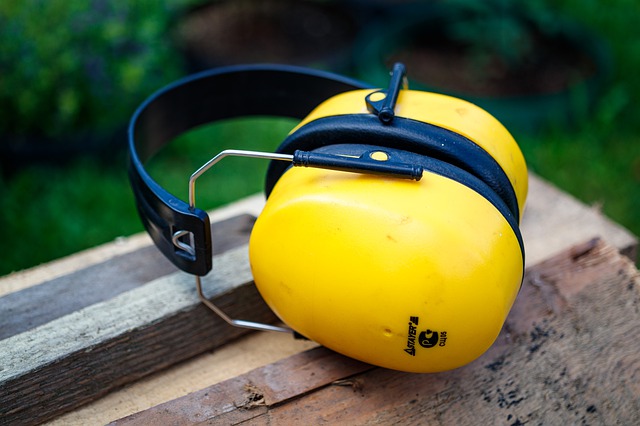Protection Against Occupational Noise Exposure

You should acquaint yourself with the Government guidelines governing workplace safety if you work in an industry where employees are exposed to excessive noise. The goal is to know what the legislation entails, how it is measured, and why 80 dB, 85 dB, and 87 dB are common in many noise studies. Please keep reading to learn more about workplace noise exposure and how it impacts employees.
Why is Noise Exposure Harmful?
You must know how sound is measured and how hearing works if you are to grasp how excessive noise is harmful. So, we shall start with these two chief principles.
How Sound is Measured?
Sound is quantified in dB (decibels). A 0 dB equals total silence, an 80 dB equals noise in a bar or heavy traffic, a 100 dB equals noise from a low-flying jet, and 140 dB is too loud for your ears to bear.
The decibel scale is logarithmic. A 3 dB increase in sound represents doubling the noise level, and 10 dB is considered double the volume. It all references sound generation instead of noise perception (what we hear). The sound we hear is expressed as dBA (A-weighted decibel), the sound loudness the human ear perceives.
The measuring scale considers that humans cannot hear low audio frequencies, accounting for this sensitivity. You might come across a dBC (C-weighted decibel), which denotes peak sounds exceeding 100 dB. Therefore, dBA and dBC are used when referring to noise-induced hearing loss.
How Do We Hear?
Hearing (sound perception) is a complex process, but here is a quick overview of how it works. Sound travels as vibrations from the outer to the middle ear, where they are amplified before proceeding to the inner ear. Then the vibrations trigger tiny sensory cells in the cochlea to move and create an electrical signal that travels to the auditory cortex, which interprets the signal into sound.
Exposure to excessive noise can damage the tiny hair cells in our ears and the cochlea membrane, and prolonged exposure can lead to their complete dysfunction because they are severely compromised (dead). Hence, damage to the inner ear and auditory nerve results in permanent hearing loss.
Therefore, health experts recommend protecting your ears from excessive sounds in potentially noisy environments by carefully considering acoustics and architecture. In the same spirit, employers are legally expected to protect their staff’s hearing by providing the necessary safety gear and measures.
How Noise Affects Mental Health and Wellbeing
Exposure to excessive noise is linked to complications like tinnitus and hearing loss. It has also been found to contribute to increased stress levels for workers, which can trigger other medical complications like hypertension, immune system issues, and cardiovascular disease, and adversely affect workers’ mental health. Such findings support and advocate the need to uphold health and safety regulations in workplaces that generate loud sounds.
What’s a Dangerous Noise Level?
It is prudent to consider the dBA levels and length of exposure when determining how noise levels impair our hearing. Extended exposure to 85 dBA (like for more than 8 hours) could cause permanent hearing damage, and a short sound blast of 120 dBA can lead to immediate hearing impairment or hearing loss.
Noise Exposure Regulation
Given the high probability of exposure to excessive noise and the associated health risks, it is essential for legislation to be in place imposing limits on occupational noise exposure. The law protects the employer and employee since there is no indistinctness regarding what qualifies as dangerous sound levels and the measures to take to protect workers’ hearing.